Twin Towers, also known as Hung Thanh Towers, is located on Tran Hung Dao Street, Quy Nhon Ward, Gia Lai Province (formerly Quy Nhon City, Binh Dinh Province). It is one of the eight remaining Cham tower clusters in the locality.
Built from the late 12th century to the early 13th century, this complex has existed for about 800 years in the Khmer architectural style and was once an important religious structure of the ancient Champa Kingdom.
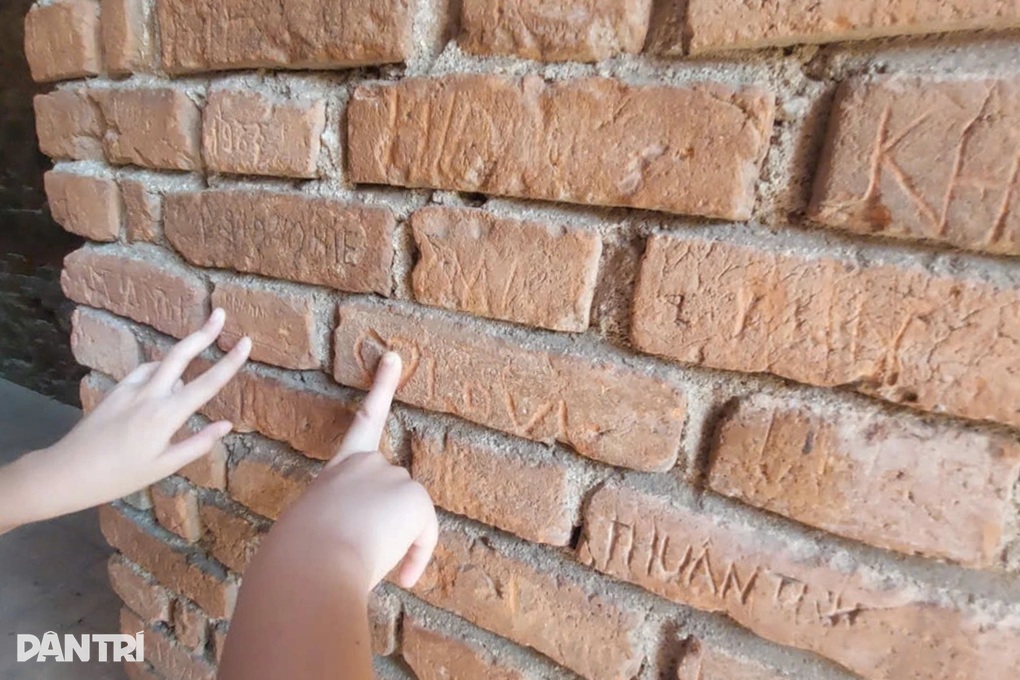
Carvings on the bricks of the Twin Towers (Photo: Doan Cong taken on August 1).
The complex consists of two towers, the larger tower is about 25m high, the smaller tower is 23m high, both have main doors facing south. The towers are built of baked bricks, the structure consists of three parts: the base, the square tower body and the dome top. The monument was ranked at the national level in 1980.
Nowadays, the national relic of the Twin Towers is a destination for many domestic and international tourists. However, after nearly a thousand years, the impact of weather has caused the structure to deteriorate. It is worth mentioning that the relic has been negatively affected by human hands, making visitors feel regretful and somewhat indignant.
Through actual records, in many locations on the ancient brick layer of the tower body, it is rotten, peeling, and the surface is jagged due to time. Notably, on the walls in the area inside the tower, there are dense drawings and writings carved directly into the bricks, seriously affecting the value of the relic.
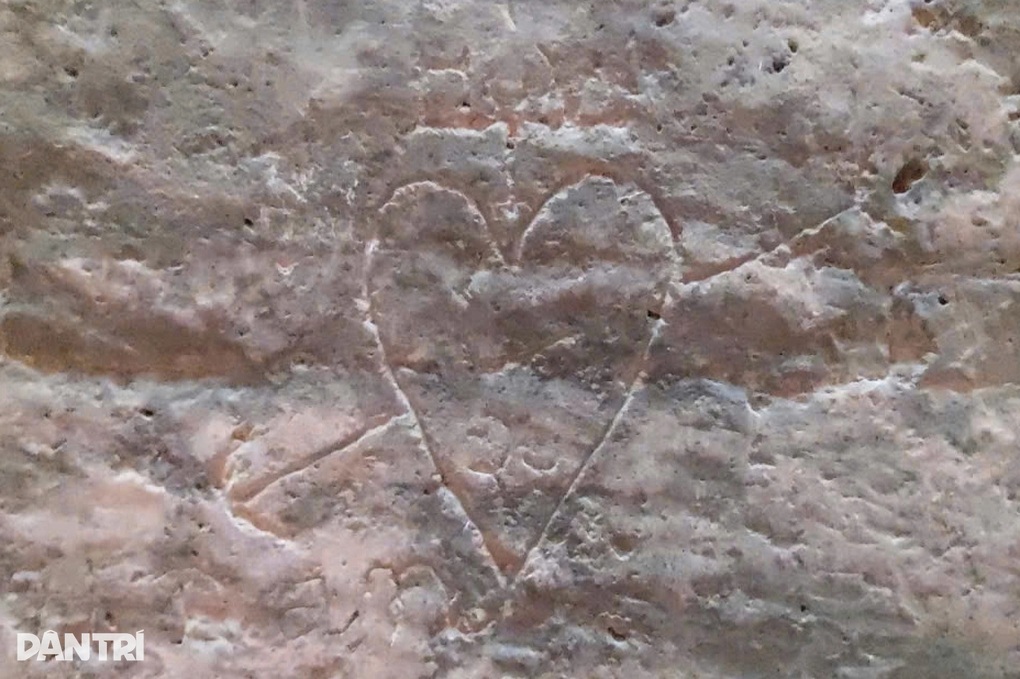
The inner wall surface of the tower is engraved with letters and graffiti (Photo: Doan Cong).
Visiting the Twin Towers for the first time, a female tourist from Hanoi expressed regret when witnessing the unique architectural work that has existed for nearly a thousand years, but has been damaged by human hands.
"The drawings and names carved deep into the tower walls make the relic look dirty and ugly," said the female tourist.
Speaking to Dan Tri reporter, Mr. Bui Tinh, Director of Gia Lai Provincial Museum (the unit managing the Twin Towers), said that the drawings and engravings on the brick walls of the Twin Towers had been there for a long time during the war, before they were ranked as a national monument.
According to Mr. Tinh, after being recognized as a relic, the Twin Towers were managed by the People's Committee of Quy Nhon City, Binh Dinh Province (formerly). In 2019, the Binh Dinh Provincial Museum (now Gia Lai Provincial Museum) took over management and regularly monitored closely to prevent encroachment and graffiti.
The unit has also placed signs asking visitors not to write or draw on ancient brick walls to prevent damage to relics and to take appropriate measures according to regulations.

The Twin Towers are a tourist destination for domestic and international visitors (Photo: Doan Cong).
In response to visitors' complaints, the Director of Gia Lai Provincial Museum said that the Twin Towers are a national relic, so any repairs or restoration must be approved by the Ministry of Culture, Sports and Tourism.
“Currently, inside the tower, there are some bricks that are rotten and damaged due to time. In the near future, we will invite experts to survey and evaluate the current situation to propose solutions. From there, we will synthesize opinions and advise the Department of Culture, Sports and Tourism on the restoration and embellishment of degraded items, and at the same time handle the situation of carving and graffiti on the tower's brick walls,” said Mr. Tinh.
Source: https://dantri.com.vn/du-lich/dia-phuong-len-tieng-viec-thap-cham-co-800-nam-tuoi-bi-khac-ve-bay-20250801131508391.htm





![[Photo] General Secretary To Lam and National Assembly Chairman Tran Thanh Man attend the 80th Anniversary of the Traditional Day of the Vietnamese Inspection Sector](https://vphoto.vietnam.vn/thumb/1200x675/vietnam/resource/IMAGE/2025/11/17/1763356362984_a2-bnd-7940-3561-jpg.webp)
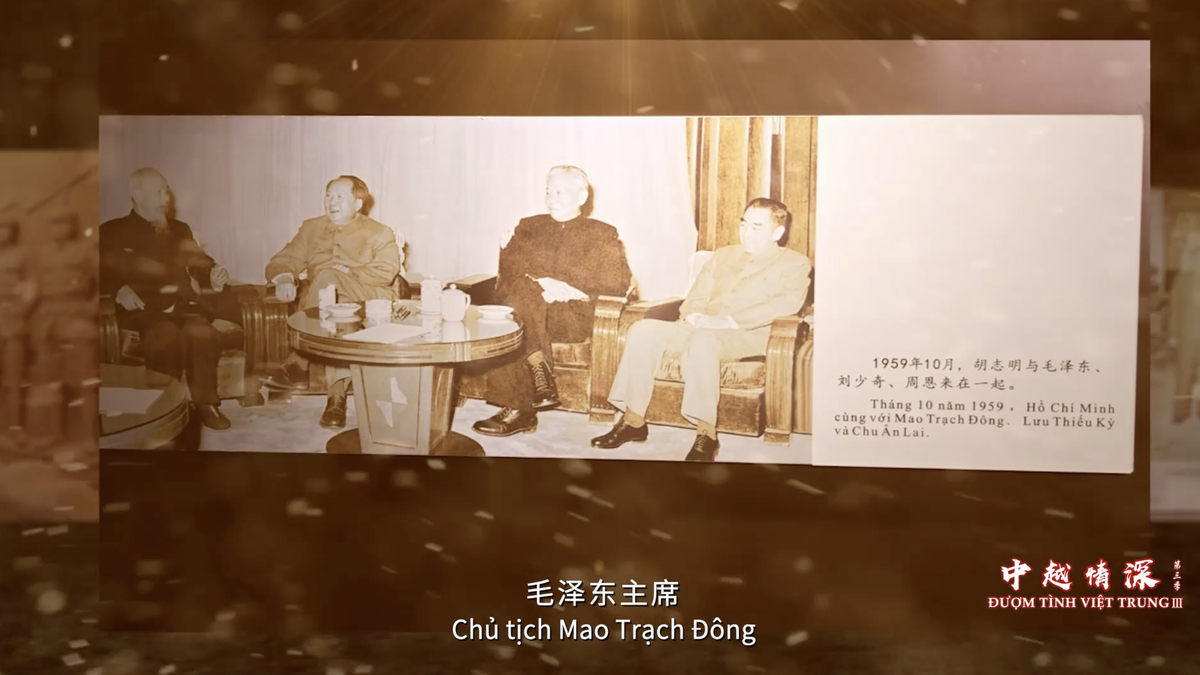
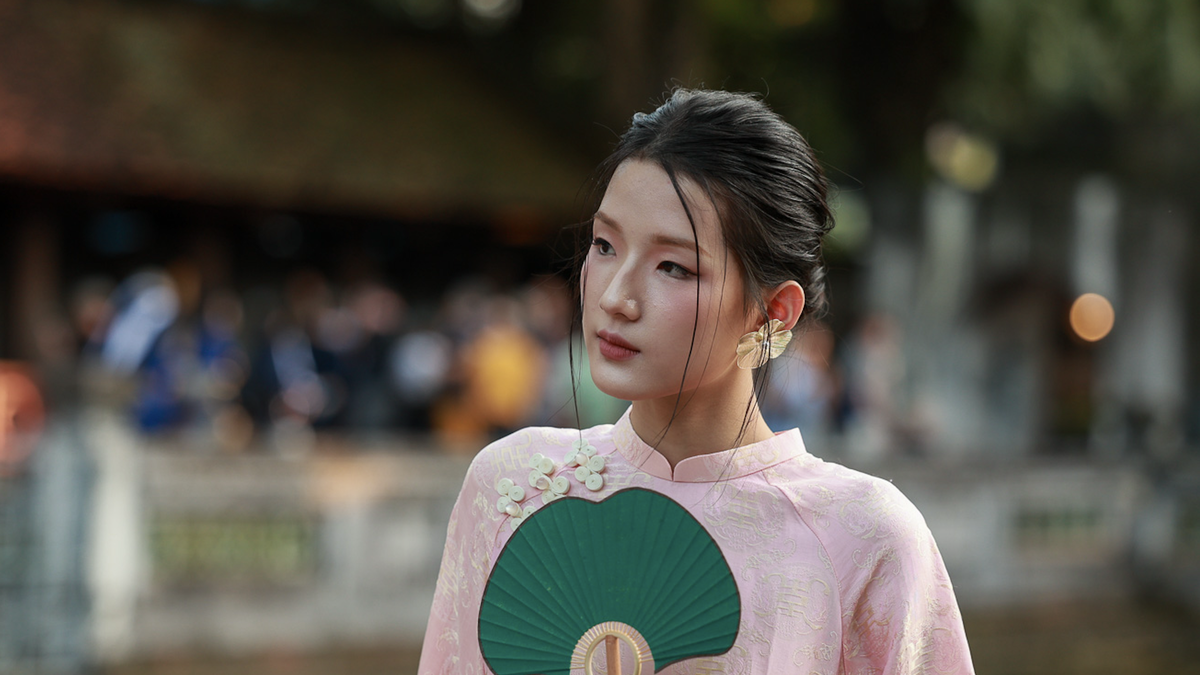


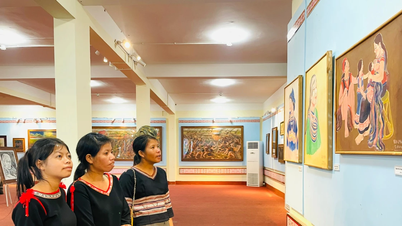

![35 years of building a high-quality herd: [Part 1] Crossbreeding journey](https://vphoto.vietnam.vn/thumb/402x226/vietnam/resource/IMAGE/2025/11/16/1763280452986_0239-3-160957_743.jpeg)

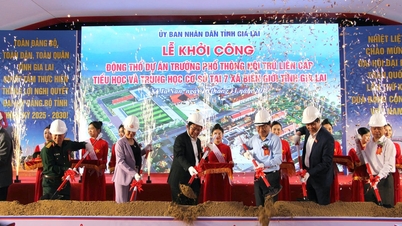

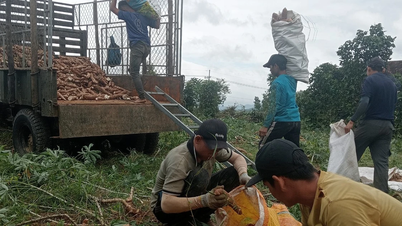
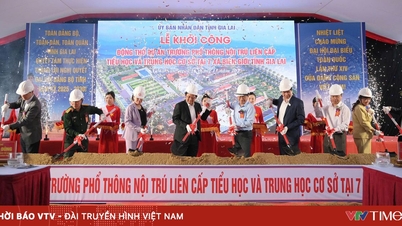

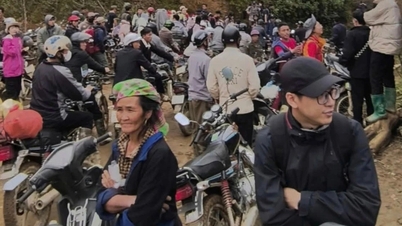
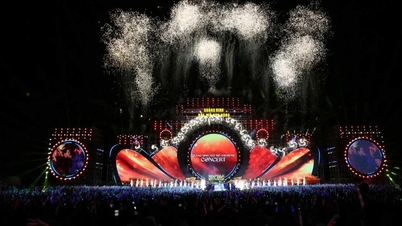



![[Video] Vietnam tourism breaks through in the golden season at the end of the year](https://vphoto.vietnam.vn/thumb/402x226/vietnam/resource/IMAGE/2025/11/16/1763307151750_du-lich-viet-nam-6654-jpg.webp)

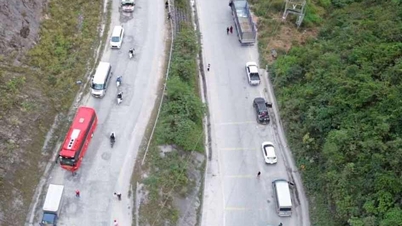





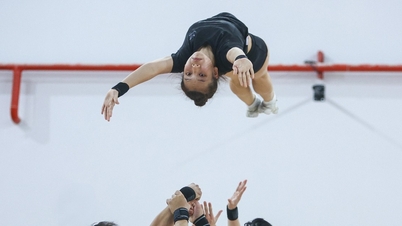

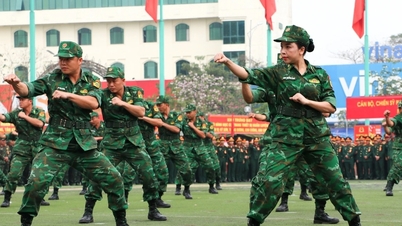
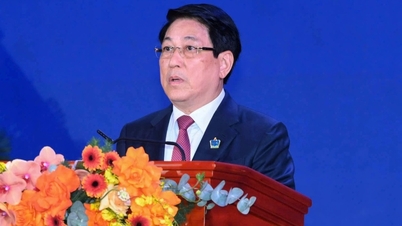
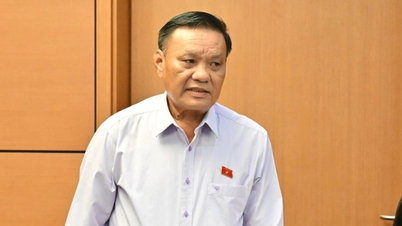



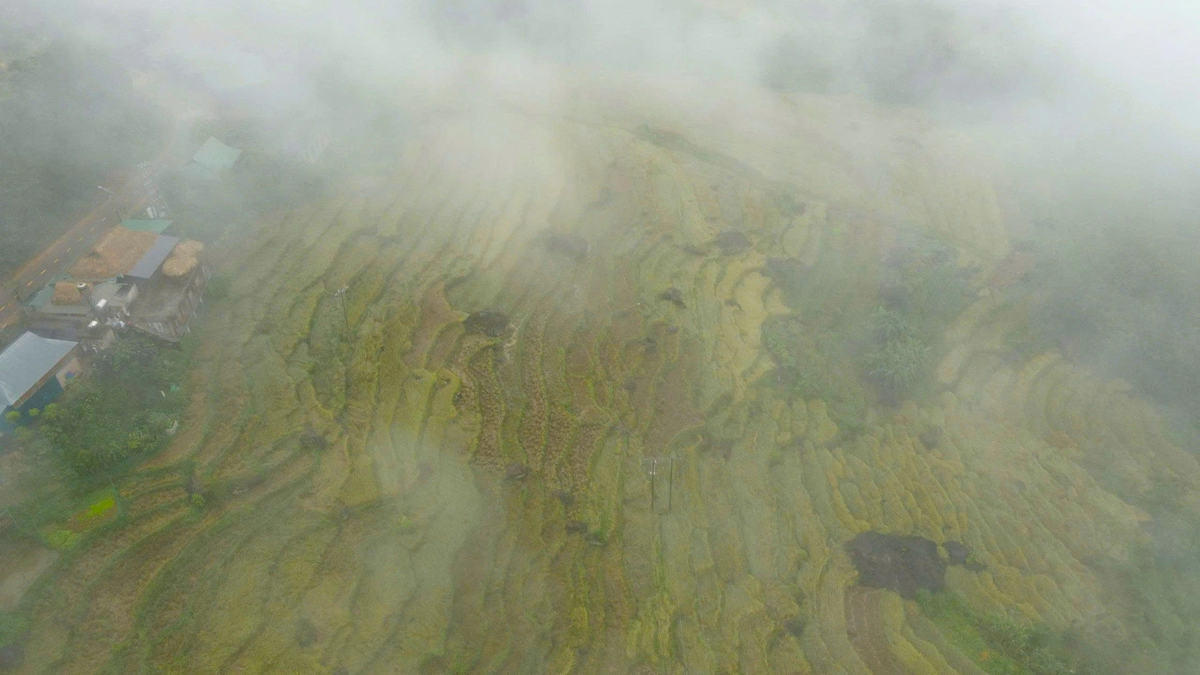
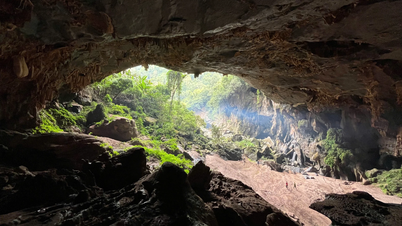

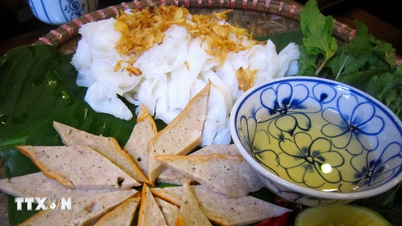
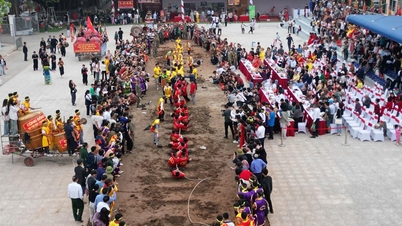






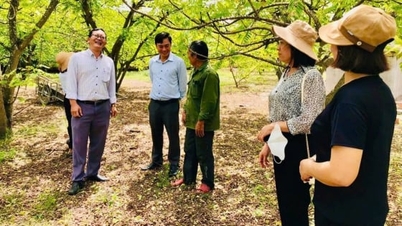
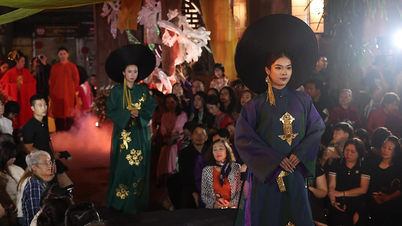


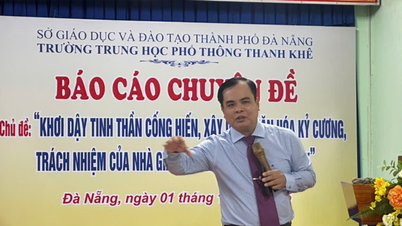



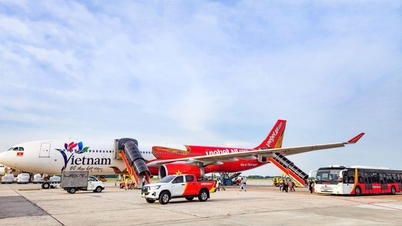



























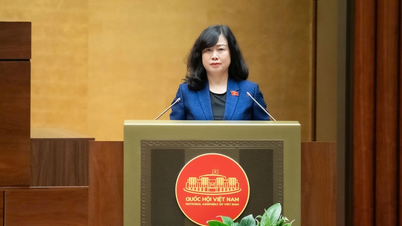
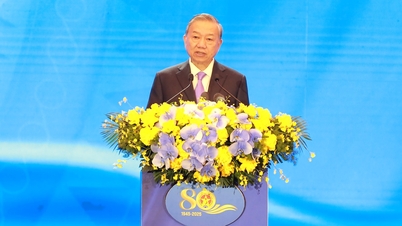
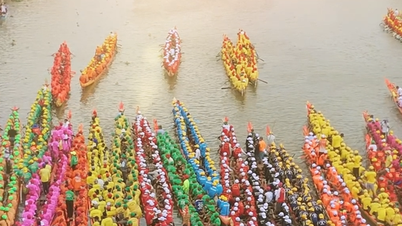




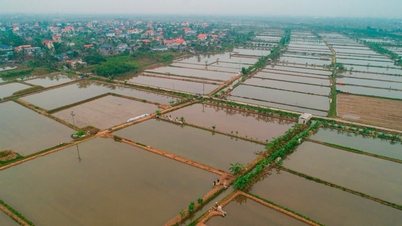



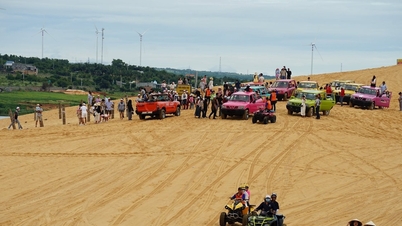


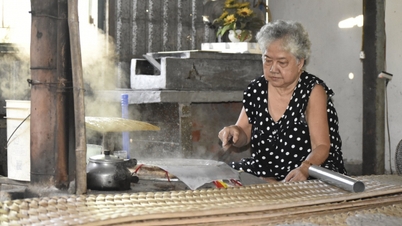

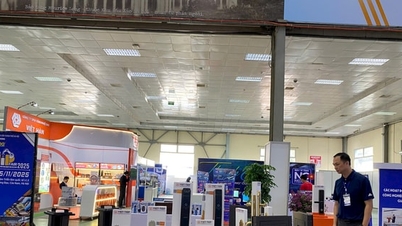







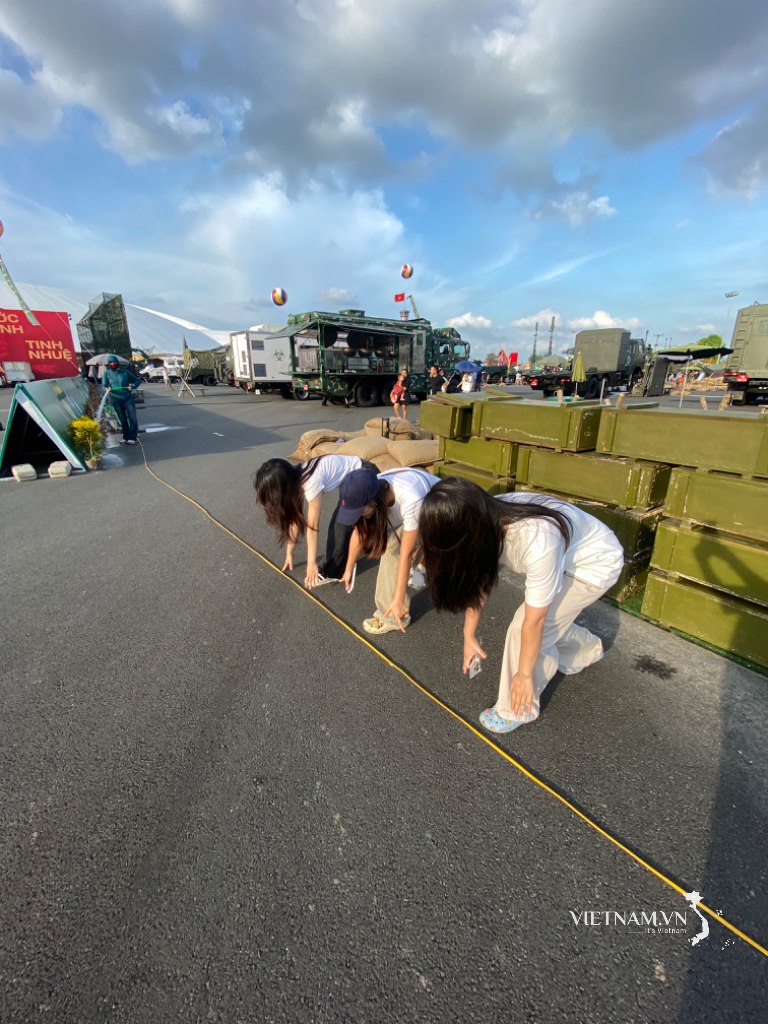

Comment (0)